 |
| Image credits: Photos published with kind permission from Lensrentals. |
Following up on the Canon EOS R5 teardown, Lensrentals has published a follow-up piece investigating the heat emission of the Canon R5.
Before digging into the investigation, it’s worth covering some basics. Electronics in cameras produce heat while operating and to ensure full, uninterrupted operation, heat must be controlled. You can remove heat from critical areas in a camera ‘by conduction (flowing through nearby materials), convection (circulating through gas or fluids), and radiation (which mostly occurs at high temperatures).’ Based on his experience tearing down the Canon EOS R5 with Aaron Closz, Roger Cicala knows that the R5 is tightly sealed, which is great for keeping water out of a camera but not ideal for releasing heat from inside the camera. This means that convection, circulating heat through air, ‘doesn’t play much of a role.’
Cicala avoids discussions about chip operating temperatures, the thermal flow of different substances in a camera, firmware cycles and the like, as they are not his area of expertise. Instead, he focuses on the basic issue of how heat generated by the operation of a fully assembled Canon R5 camera exits the camera. At some point, especially when doing an intensive task such as recording 8K video footage, the camera will overheat and the heat either needs a suitable exit path or the camera needs to shut down. You can learn more about different usage cases and how long the R5 can operate being shutting down by checking out our Canon R5/R6 overheating test.
Lensrentals’s initial testing methodology involves using a Canon R5 camera running version 1.0 firmware recording 8K video to a CFx card. The camera was then run until it reached a temperature cut off while the team used industrial thermometers to monitor the heat of the camera and see where heat was exiting the R5.
 |
With a lens attached, with all covers closed and with the LCD folded against the camera body, the R5 ran for 18 minutes on a table before getting a temperature warning. Lensrentals found that the hottest part of the camera was the back behind the LCD with a temperature of 43°C / 109°F. The thumb rest was slightly cooler at 40°C / 104°F and the bottom plate around the tripod socket 38°C / 100°F. The test was run again with the LCD moved to the open position and the camera was a few degrees cooler but was unable to record for a longer duration.
Next, Lensrentals ditched the thermometers in favor of a FLIR IR camera. Cicala has long suspected that the lightweight material used for camera chassis and shells aren’t good conductors of heat. With a removed R5 shell as the test subject, it turns out Cicala’s assumptions were right. He says, ‘The shell material doesn’t spread heat especially well…Obviously, it does pass heat out of the camera to some degree, but it sure doesn’t act as a heat sink or anything.’ Cicala continues, ‘Even exposed to air, it was over 10 minutes before [the shell] cooled down to room temperature. This kind of poses the question that if heat isn’t getting out of the shell very well, then how does the heat get out?’
With the FLIR IR camera, the team redid the original recording test, and lo and behold, the warm spot found by the thermometer is immediately evident in the FLIR IR image. Cicala overlaid an image from the R5 teardown and no surprise, the hot spot is located above the camera’s processor and SDRAM cards.
 |
| Cicala is careful to point out, ‘This is NOT an image with the back off. It’s an image of inside of the camera overlaid on the heat image to correlate location.’ Image credit: Lensrentals, 2020 |
The front of the camera showed a bit of warmth and the top of the camera remained quite cool. Cicala wondered if the heat from inside the camera might rise through the air inside and reach the top plate, but as the teardown showed, there’s very little empty space inside the R5. The viewfinder also acts to block some heat transfer.
When taking apart the Canon R5, Lensrentals noted that there’s a heat sink connected to the metal tripod plate. The FLIR IR image shows that the bottom of the camera does get quite warm. In the image below, captured at thermal cut-off, you can see the metal screws that go into the tripod plate heating up. The tripod socket itself, for some reason, remained quite cool.
 |
As the camera heats up to the point where it needs to shut off, heat is showing in the FLIR IR images in numerous places. The metal lugs for the camera strap get very hot, the front of the camera is now quite hot, especially around the lens mount area, and the area near the card slot door also heats up considerably. The hottest spot of the camera during testing proved to be the CFx slot itself, at nearly 48° C.
After upgrading the R5 to firmware version 1.1, recording times before cut-off increased, but so did the operating temperatures of the camera. Of interest here is that the I/O ports connected to the main PCB itself got ‘quite hot,’ but the ports attached to the sub-board didn’t seem to heat up much at all. The image sensor itself also quite hot, nearly 50° C. An anonymous friend of Lensrentals read the internal temperature from a raw image captured during the temperature testing. That image showed an internal temperature of 61° C, which is hotter than the CFx card slot, meaning that somewhere inside the camera is hotter than the hottest temperature Lensrentals measured during testing.
 |
After testing, Lensrentals has a few interesting conclusions. Heat does not leave the R5 very well, and it seems to exit primarily via metal parts of the camera body. Further, the camera is hotter inside than at its hottest exit points. Cicala writes, ‘If [the R5] doesn’t get heat out very well, it certainly can’t be expected to cool down quickly after it turns off from overheating. Cooling the outside of the camera should help a bit, but it’s not going to be very efficient.’
There are some steps you can take to possibly help the camera stay cooler, such as leaving the LCD opened away from the back of the camera, opening the HDMI port cover (remember, this port is attached directly to the main board), and saving to SD cards when possible, which is of course not possible when recording 8K video. However, Cicala doubts that these steps will make a significant difference. Perhaps more effective steps would be to remove the lens, open the shutter and open the memory card doors will help. These aren’t steps you necessarily should have to take in order to use a camera the way you want to.
More enterprising individuals may opt to try minor modifications. Cicala says, ‘Some people intend to do more aggressive things to extend recording time. It would certainly be possible, with some minor modifications, to connect the metal heat sink plates to the outside world. You might do so by just exposing the bottom tripod plate and attaching a sink to that. Of course, you lose weather sealing, but it would be simple to try.’
Maybe removing the weather sealing and opening parts of the camera would help, but to really fix the overheating issue, someone will have to figure out a way to improve heat transfer from inside the camera, as there appears to be a thermal bottleneck deep within the R5. Cicala provides a humorous image as to what a ‘redneck 8K video camera’ might look like after modifications.
 |
For many more images and to read Cicala’s full speculation about whether the Canon R5 can be ‘fixed’ and whether it even needs fixing in Canon’s eyes, read the full article on the Lensrentals blog.
Articles: Digital Photography Review (dpreview.com)
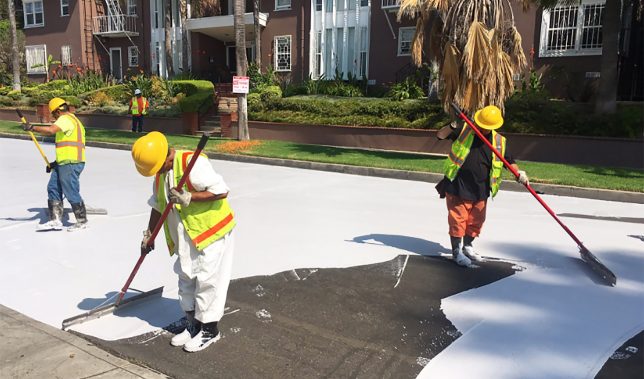
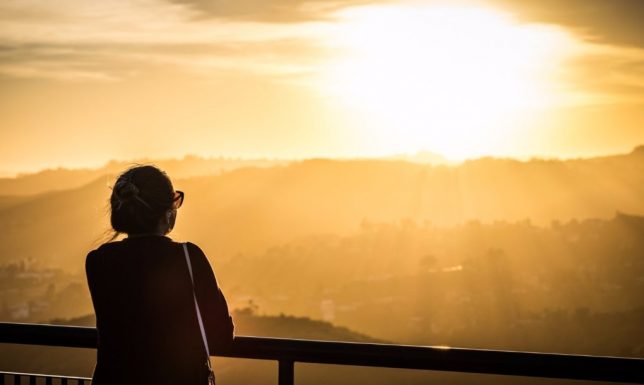
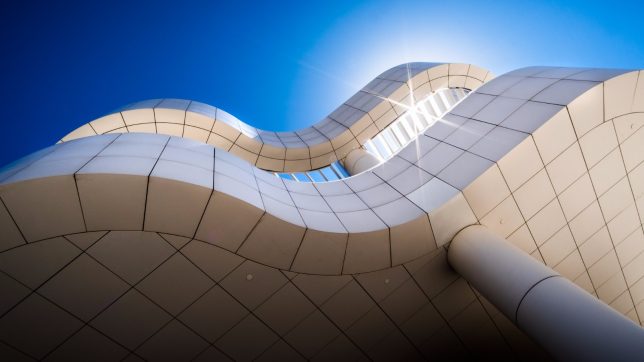








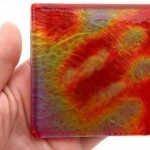
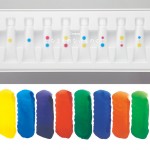
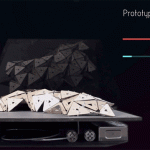










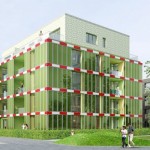
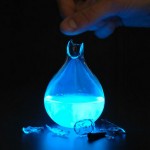
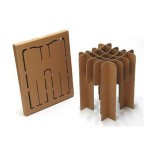
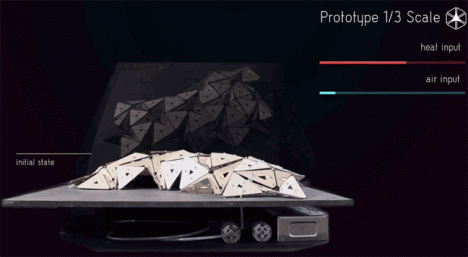
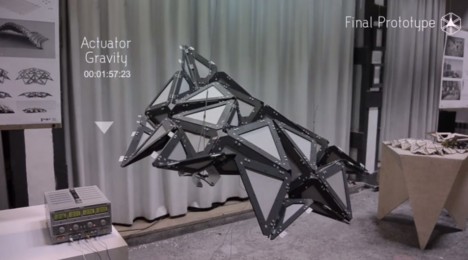
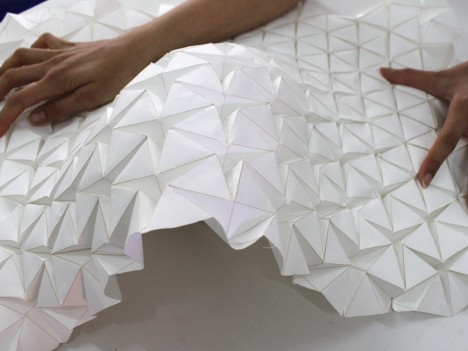
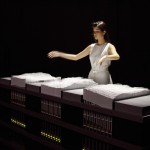
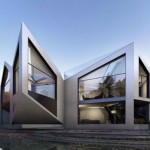
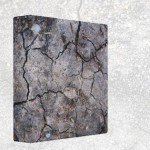
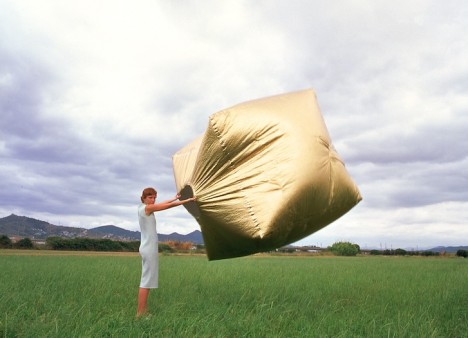
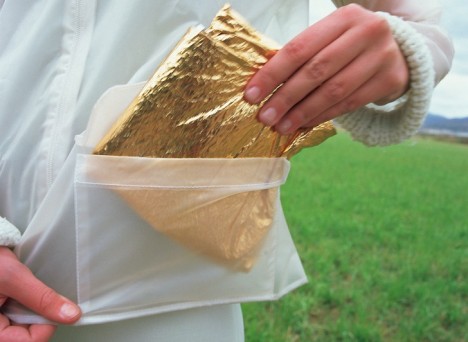
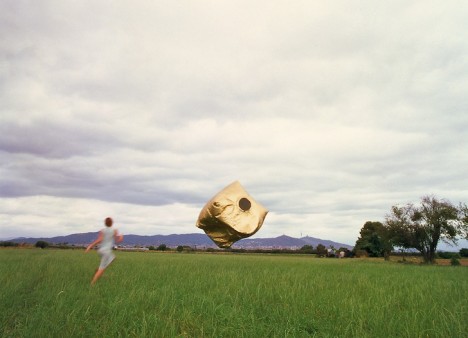
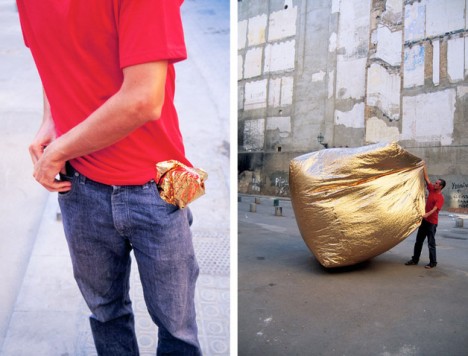

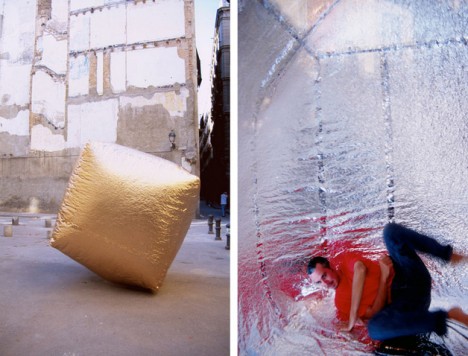
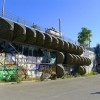

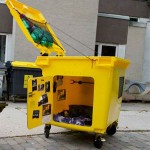
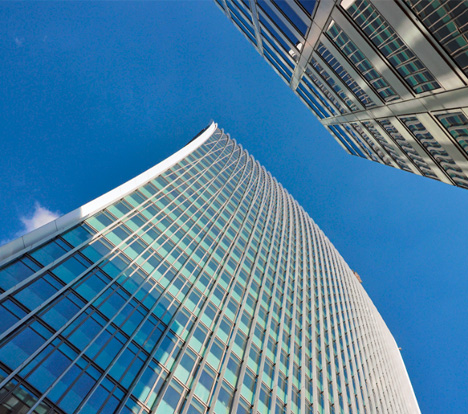
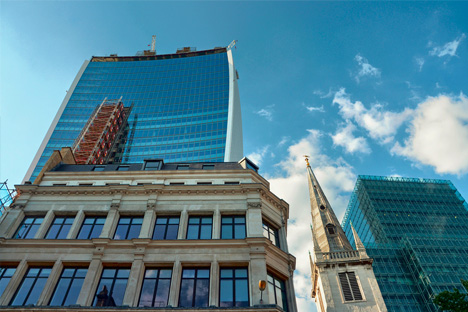
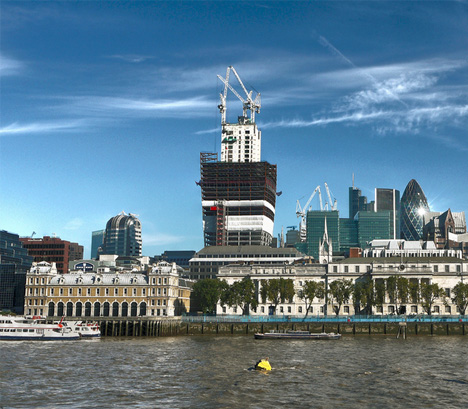
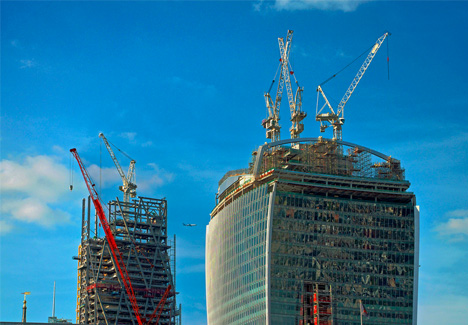
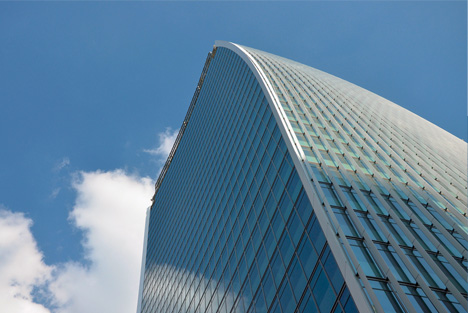





You must be logged in to post a comment.